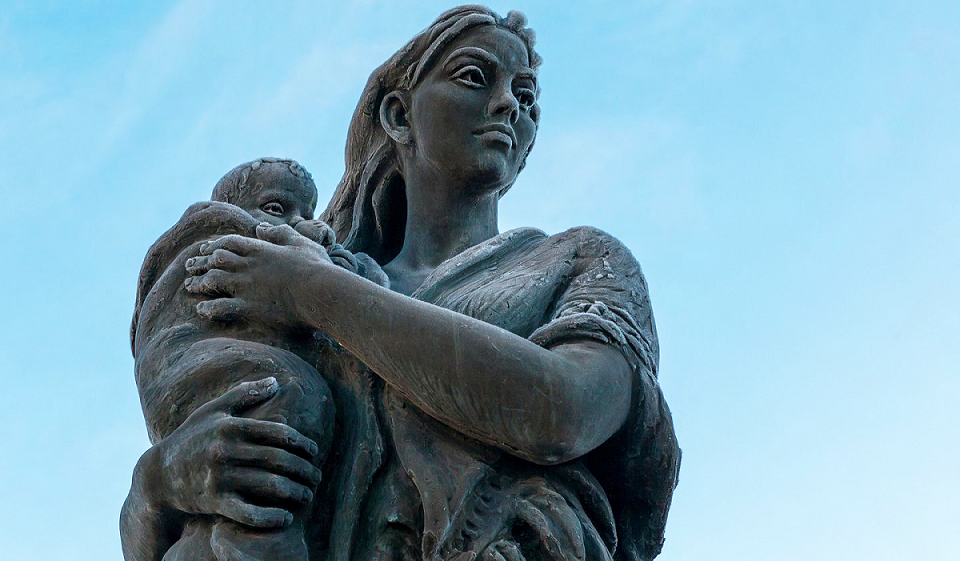This NCMD thematic report focuses on traumatic injuries, which can occur as a result of vehicle collisions, drowning, violence or maltreatment and a number of other events. It aims to identify common characteristics of children and young people who die as a result of physical trauma, investigate factors associated with these deaths and identify common themes to help inform policymakers, commissioners, those providing services to children and young people, and those involved in reviewing deaths of children and young people.
We are aware that the content of this report, which includes some detail of methods of death, may be distressing for some readers.
Key findings in brief
- There were 644 deaths of children and young people due to traumatic events between 1 April 2019 and 31 March 2022 (3 years); an overall rate of 17.72 deaths per 1 million children per year. 6% of these deaths occurred abroad.
- There were 211 deaths of children and young people due to a vehicle collision over the 3 years, with 62 in 2019-20, 71 in 2020-21, and 78 in 2021-22.
- There were 160 deaths of children and young people due to violence or maltreatment during the 3 years; 35 (22%) were infants under 1, 28 (18%) were aged 1-4 years, 27 (17%) were aged 5-14 years, and 70 (44%) were aged 15-17 years. When adjusting for the number of children in the population, children under 1 had a risk of death over 5 times greater than the average.
- There were 84 drownings of children and young people during the 3 years. Nearly half (38 (45%)) occurred in children under 5, 20 (24%) in children aged 5-14 years and 26 (31%) in those aged 15-17 years.
- Other deaths reported included deaths as a result of drug or alcohol poisoning (n=47), accidental strangulation or suffocation (n=42), falls (n=31), choking or foreign object consumption (n=21), fire or electrocution (n=21), falling objects (n=10), animal attacks (n=6) and other traumatic injuries (n=11). Deaths from drug or alcohol poisoning may have reduced over the 3 years.
The authors of this report wish to acknowledge that the death of each child is a devastating loss that profoundly affects bereaved parents as well as siblings, grandparents, extended family members, friends and professionals. They also wish to thank all the families who shared their data and experiences, and the Child Death Overview Panels who submit detailed evidence on every death to the database.
You can find the slide deck used to present the findings of the report in our stakeholder briefing event here. You can also download our infographics on traffic collisions, violence and maltreatment and drowning (as shown in the report). See also the Royal Life Saving Society UK’s National Drowning Report UK 2022.
Safety resources
Families and practitioners concerned about traumatic injuries among children and young people may find the following safety resources useful.
General
The Lullaby Trust: Tips for Coping with the Trauma of Sudden Bereavement
Compassionate Friends: Supportive leaflets for loss under different circumstances
Animal attacks
CAPT: Dogs and Children: Top tips to keep them safe and happy together
Dogs Trust: Dogs and children: living safely together
Drowning
CAPT: Watch out in water
CAPT: Warning to parents on bath seats
National Water Safety Forum: The StayWise Portal, saving lives through education
National Water Safety Forum: A future without drowning: the UK Drowning Prevention Strategy 2016-2026
NHS England: Washing and bathing your baby
RLSS: National Drowning Report UK 2022
RLSS: Reducing unintentional injuries in and around the home among children under 5 years
RLSS: Water Safety on Holiday
RLSS: Water Safety at Home
RNLI: Float to Live campaign
RoSPA: Managing safety at inland waters
RoSPA: Safety at bath time
West Berkshire Water Safety Partnership: Key Water Safety Resources
Violence and maltreatment
ICON Programme: Babies cry, you can cope
KnifeSavers: How to control bleeding from a knife wound
WHO: INSPIRE: Seven Strategies for Ending Violence Against Children
Traffic
Gov.uk: Government guidance on child car seats
Gov.uk: Think! Government road safety campaign
Falls, choking and other accidental injuries
BBSA: Make your blinds safe
CAPT: Factsheets on choking, falls, poisoning and burns in English, Arabic, Bengali, Panjabi, Polish and Urdu
CAPT: Guide to Preventing Unintentional Injuries
CAPT: Blind cord safety advice hub
CAPT: Button battery safety
IHV: Safety in the home: Falls
St John’s Ambulance: What to do if a child is choking
If you attended the stakeholder briefing for this report, you can find answers to the questions we did not have time to respond to here.

